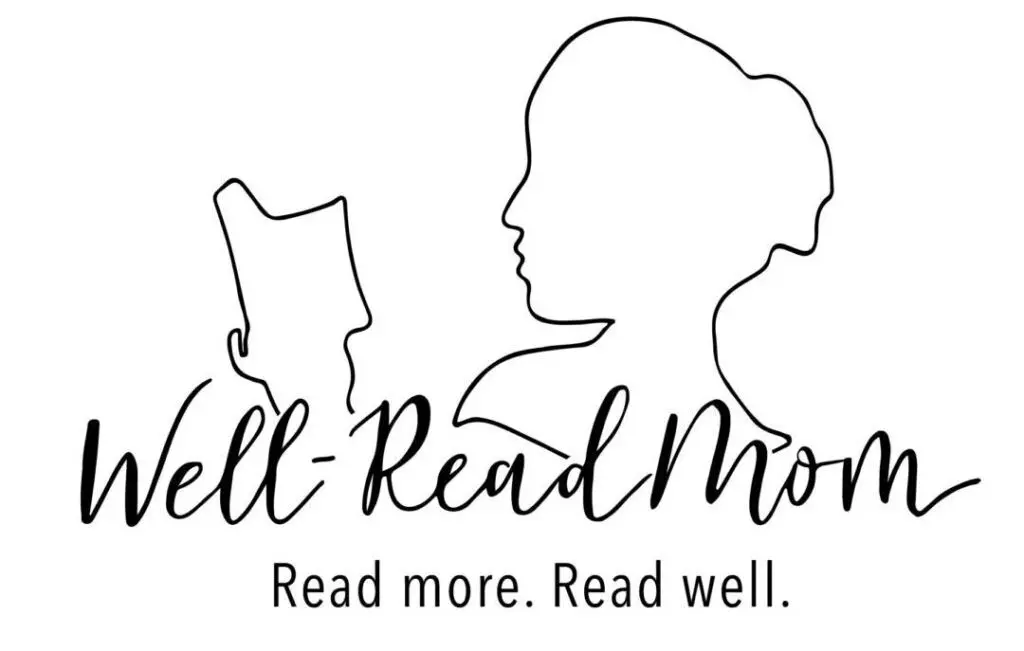Rediscovering Catholic Traditions of Reading
Written November 12, 2017, as a reflection on Year of the Pilgrim
By Alison Solove
We Christians tend to underrate Jesus as a storyteller. Often in his public ministry, he tells his disciples stories that help them understand who God is and how they are supposed to live. He even answers the challenging theological questions of the Pharisees and Sadducees with parables. Stories are a fundamental part of how we understand who we are.
The trouble is, even Jesus’ parables sometimes leave his apostles scratching their heads. What do they mean? The Bible is full of stories. The tricky part is learning to understand them.
Medieval Catholic scholars developed the four modes of reading to help them understand Biblical scriptures. The first mode is the literal mode. If we read literally, we find out what the text of the Bible actually says. The second is moral. If we read morally, we find out how we ought to live. The third is allegorical. We look for a deeper, symbolic “second meaning” when we read allegorically. The final is anagogical. When we read analogically, we open ourselves to God speaking to us through what we read.
If we use these four reading modes, we can develop a much deeper understanding of scripture. Most of us know the story of Abraham sacrificing Isaac in Genesis 22:
Isaac spoke to Abraham, his father, and said, “My father!” His father replied, “Here I am, my son.” And Isaac said, “Behold, the fire and the wood, but where is the lamb for the burnt offering?”
Abraham said, “God will provide for Himself the lamb for the burnt offering, my son.” So the two of them walked on together. Then they came to the place of which God had told him, and Abraham built the altar there, arranged the wood, bound his son Isaac, and laid him on the altar, on top of the wood. Abraham stretched out his hand and took the knife to slay his son.
But the angel of the LORD called to him from heaven and said, “Abraham, Abraham!” And he said, “Here I am.”
He said, “Do not stretch out your hand against the lad, and do nothing to him; for now I know that you fear God, since you have not withheld your son, your only son, from Me.”
Then Abraham raised his eyes and looked, and behold, behind him a ram caught in the thicket by his horns, and Abraham went and took the ram and offered him up for a burnt offering in the place of his son. Abraham called the name of that place The LORD Will Provide, as it is said to this day, “In the mount of the LORD it will be provided.” (Genesis 22:7-14, New American Standard Bible)
We hear the story about a man who loved God so much he was willing to sacrifice his son. That is an interesting story. Morally, though, it’s a story about how willing we should be to listen to the word of God. Abraham loved God so much that he was willing to sacrifice his son.
Allegorically, the story of Abraham and Isaac is a story about how God provides a paschal lamb for his people. The lamb dies for Abraham’s sins, the same way Jesus dies for ours.
Anagogical reading is tricky because God speaks to all of us through different things and in different ways. By opening yourself up to God in the scripture, you might hear God speaking to you about sacrificing something important or about how radically he loves his children. Deeper reading turns a story into something that tells us more about ourselves and God.
By the fifteenth century, scholars realized how clever these four reading modes are. Dante, the author of The Divine Comedy, first recognized that all stories, like scripture, can also have deeper meanings. Just as we better understand ourselves and God by reading the Bible, good stories should also give us more profound knowledge of ourselves and our faith.
So as you read for the rest of the year, we encourage you to pause and think about each of our texts’ moral, allegorical, and anagogical readings. Don’t be afraid to bring up your deeper readings in your discussions. We all have something to gain from each other’s perspectives and the way God speaks to us in what we read. Jesus tells his disciples to “go out into the deep.” By learning to read stories more deeply, we know to look for the grace of God’s truth in unexpected places.
About Well-Read Mom
For our Tenth Anniversary, the reading list put together by Well-Read Mom reflects on the theme of family. In Well-Read Mom we desire to create a place for women, not to escape from family life and work, but to experience a kind of leisure through friendship and literature so that women can return to their lives with a renewed vision and vigor. By reading books together, we help sustain a tradition of reading, which is a gift not only to our families but to the world. We hope you’ll join Well-Read Mom for our Year of the Family. Find out more.



